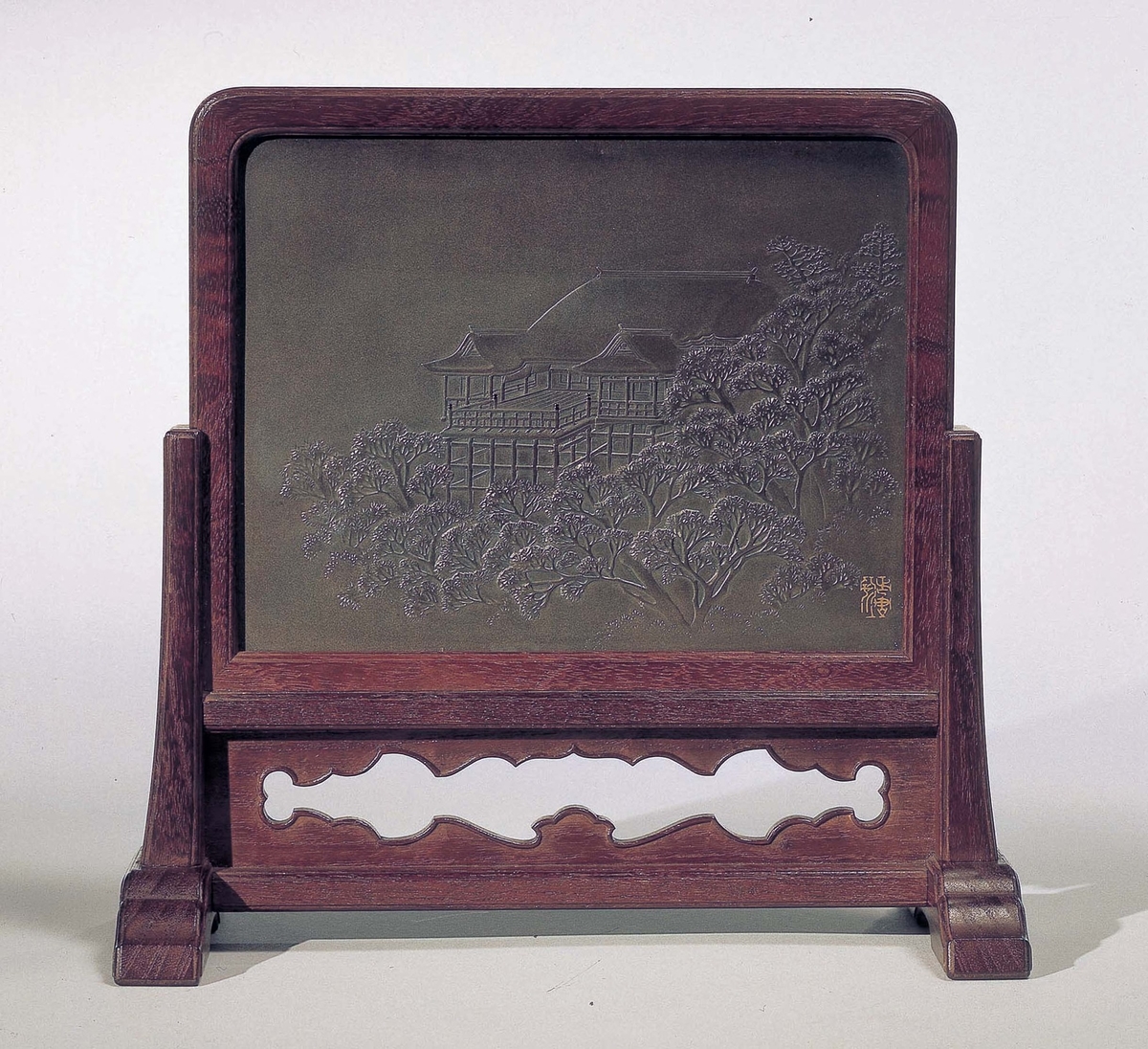How you can use this image
This image can be used for non-commercial research or private study purposes, and other UK exceptions to copyright permitted to users based in the United Kingdom under the Copyright, Designs and Patents Act 1988, as amended and revised. Any other type of use will need to be cleared with the rights holder(s).
Review the copyright credit lines that are located underneath the image, as these indicate who manages the copyright (©) within the artwork, and the photographic rights within the image.
The collection that owns the artwork may have more information on their own website about permitted uses and image licensing options.
Review our guidance pages which explain how you can reuse images, how to credit an image and how to find images in the public domain or with a Creative Commons licence available.
Notes
Add or edit a note on this artwork that only you can see. You can find notes again by going to the ‘Notes’ section of your account.
Kano Natsuo was the son of a rice merchant of the Fushimi family and was born near Kyoto. Adopted by the sword-dealer Kano Chisuke at the age of six and being given the name Kano Jisaburo, he studied metalwork first under Okumura Shohachi and then under Ikeda Takatoshi. Taking the name Toshiaki, he started his own business in Kyoto in 1846. He studied painting under the artist Nakajima Raisho of the Maruyama/Shijo school and classical poetry. He changed his name to Natsuo sometime between 1848 and 1854, and in the latter year, he moved to Tokyo. In the early 1860s, he was producing about fifty pieces a year. In 1869 he worked for the mint in Osaka, and in 1871 was commissioned by the Imperial Household Agency to make a ceremonial tachi. In 1877 he returned to Tokyo and fulfilled many orders for the Seikosha Company.
Title
Table Screen (Kembyo)
Date
c.1890
Medium
shibuichi, kebori, nikubori, shakudo, keyaki wood
Accession number
75
Work type
Textile art
Inscription description
With two preparatory drawings mounted as kakemono, one in ink on silk, signed with two seals Nihon kinko, Natsuo, the copper scroll-ends signed Natsuo (unread character( with the seal Koi. The other a sketch, signed with the seal Kano Natsuo saikusho (Kano Natsuo's workshop).In wood inscribed by Natsuo's third son, Akio, Rogin usunikubori Kiyomizu no zu, migi senko hokujakuen Natsuo kaishin saku, tsunezune jiai seshimono nari, kinoto I nenji yayoi Akio shirusu (design of Kiyomizu of shibuich carved in low relief, a work of the heart by Natsuo, always kept by him, written by Akio in March 1935).


